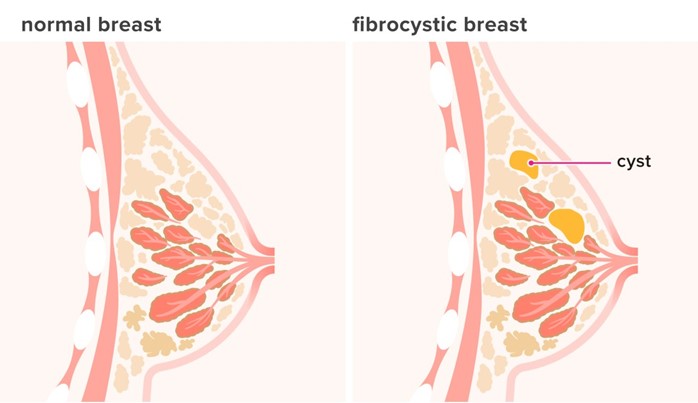A client is to receive enoxaparin 30 mg subcutaneously. Available is enoxaparin 40 mg/mL. How many mL should the nurse administer?
(Round the answer to the nearest tenth. Use a leading zero if it applies. Do not use a trailing zero.)
The Correct Answer is ["0.8"]
- To find out how many mL to administer for a medication dose, we need to use this formula: mL = (dose in mg) / (concentration in mg/mL)
- In this formula, the dose in mg is the amount of medication ordered by the provider, and concentration in mg/mL is the strength of medication available in the vial or syringe.
- We plug in the given values into this formula: mL = (30 mg) / (40 mg/mL)
- We simplify and solve this equation: mL = 0.75 mL
- We round off to the nearest tenth: mL = **0.8 mL**
- We add a leading zero if needed: mL = **0.8 mL**
- We do not add a trailing zero: mL = **0.8 mL**
Nursing Test Bank
Naxlex Comprehensive Predictor Exams
Related Questions
Correct Answer is ["20"]
Explanation
- To find out how many gtt/min to set for a manual IV infusion, we need to use this formula: gtt/min = (mL/hr x drop factor) / 60
- In this formula, mL/hr is the rate of infusion in milliliters per hour, drop factor is the number of drops per milliliter for a specific IV tubing, and 60 is the number of minutes in an hour.
- We plug in the given values into this formula: gtt/min = (120 mL/hr x 10 gtt/mL) / 60
- We simplify and solve this equation: gtt/min = (1200 gtt/hr) / 60
- We divide both sides by 60: gtt/min = 20 gtt/hr
- We round off to the nearest whole number: gtt/min = **20**
- We add a leading zero if needed: gtt/min = **20**
- We do not add a trailing zero: gtt/min = **20**
Correct Answer is B
Explanation
Choice A: Danazol is not the correct answer because it is a drug that can be used to treat fibrocystic breast disease. Danazol is a synthetic hormone that reduces the production of estrogen and progesterone, which are involved in the development of breast cysts.
Choice B: Penicillin is the correct answer because it is a drug that has no effect on fibrocystic breast disease. Penicillin is an antibiotic that is used to treat bacterial infections, such as strep throat or syphilis. It has no role in the management of fibrocystic breast disease.
Choice C: Bromocriptine is not the correct answer because it is a drug that can be used to treat fibrocystic breast disease. Bromocriptine is a dopamine agonist that inhibits the secretion of prolactin, which is a hormone that stimulates breast tissue growth and milk production.
Choice D: Tamoxifen is not the correct answer because it is a drug that can be used to treat fibrocystic breast disease. Tamoxifen is an anti-estrogen that blocks the action of estrogen on breast cells, which can reduce the size and number of breast cysts.

Whether you are a student looking to ace your exams or a practicing nurse seeking to enhance your expertise , our nursing education contents will empower you with the confidence and competence to make a difference in the lives of patients and become a respected leader in the healthcare field.
Visit Naxlex, invest in your future and unlock endless possibilities with our unparalleled nursing education contents today
Report Wrong Answer on the Current Question
Do you disagree with the answer? If yes, what is your expected answer? Explain.
Kindly be descriptive with the issue you are facing.
